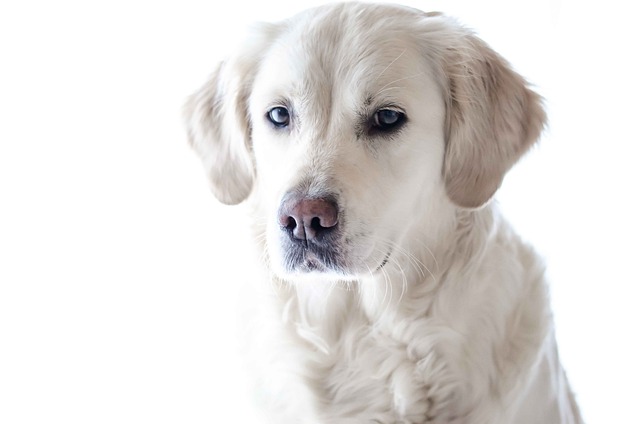
How can I tell if my dog's heatstroke is serious
Let’s be real: It’s a sticky August morning in Los Angeles, and you took your 2-year-old Golden Retriever, Max, for a walk a little later than usual
That moment of panic is familiar to many pet owners: you've just applied a nourishing paw balm to your dog's dry pads, and immediately they bend down to lick it off. As a responsible dog owner in the U.S.—whether you're dealing with icy Chicago sidewalks or the arid heat of Arizona summers—it's natural to worry about ingestion. The answer depends entirely on the balm's ingredients. If you're using a high-quality product specifically formulated for dogs, occasional licking is generally safe. This concern for product safety is part of a broader responsible ownership mindset that also includes complying with essential regulations like keeping your dog's rabies vaccination current and always cleaning up waste during walks in your community park.
The key distinction lies in the ingredient list. Pet-safe paw balms are manufactured with the understanding that dogs will lick their paws. They typically use edible, natural ingredients like shea butter, coconut oil, and beeswax—components generally recognized as safe for incidental ingestion. These create a protective, moisturizing barrier that helps heal cracks without harmful chemicals. Conversely, human moisturizers or balms not designed for pets may contain toxic ingredients like zinc oxide, salicylic acid, or artificial fragrances that can cause stomach upset or more serious health issues if ingested. This emphasis on using species-appropriate products aligns with the modern American standard of proactive, preventative pet care that prioritizes animal welfare.

To minimize licking, apply the balm correctly and use positive reinforcement techniques—the cornerstone of contemporary dog training culture. After thoroughly cleaning and drying the paws, use only a thin layer of balm, massaging it gently into the pad until it absorbs. The goal is to leave minimal residue on the surface. Immediately engage your dog in a calming activity they enjoy, such as a chew toy or a brief training session with high-value treats. This positive distraction rewards them for not licking and helps the balm absorb better. This force-free approach strengthens your bond and is far more effective than scolding, which could create anxiety around paw handling.
Viewing this in a wider context, paw care is one aspect of overall wellbeing. If your dog is licking their paws excessively even without balm, it could signal allergies, pain, or anxiety that requires veterinary attention. For apartment dwellers, establishing a post-walk routine of wiping paws before applying balm helps maintain both your dog's health and your home's cleanliness—a considerate practice in shared living spaces. Ultimately, choosing a vet-recommended paw balm and applying it strategically ensures you're supporting your dog's comfort during city strolls or park visits while upholding the community-focused responsibilities of modern pet ownership, from leash etiquette to preventative healthcare.

Let’s be real: It’s a sticky August morning in Los Angeles, and you took your 2-year-old Golden Retriever, Max, for a walk a little later than usual

You're enjoying a summer afternoon at the park when you notice your dog has stopped panting and appears disoriented - their gums are bright red

Let’s paint the picture: You’re in your Denver apartment, watching your 4-year-old Boston Terrier, Ruby, plop down mid-play session with her favorite toy

Many dog owners notice their pets nails seem shorter after regular walks,but how much does this daily activity actually help?The answer depends on where you walk—concrete sidewalks or asphalt streets gently file nails as a dog's paws hit the ground

Most dog owners notice their pup scooting across the carpet at some point, but few connect it to impacted anal glands. These small sacs near a dog’s rectum secrete a scent for marking territory

Most vets agree that regular dog teeth cleaning is key to avoiding painful dental issues later. For healthy adult dogs, a professional cleaning at the vet’s office every 12 to 18 months usually works well.